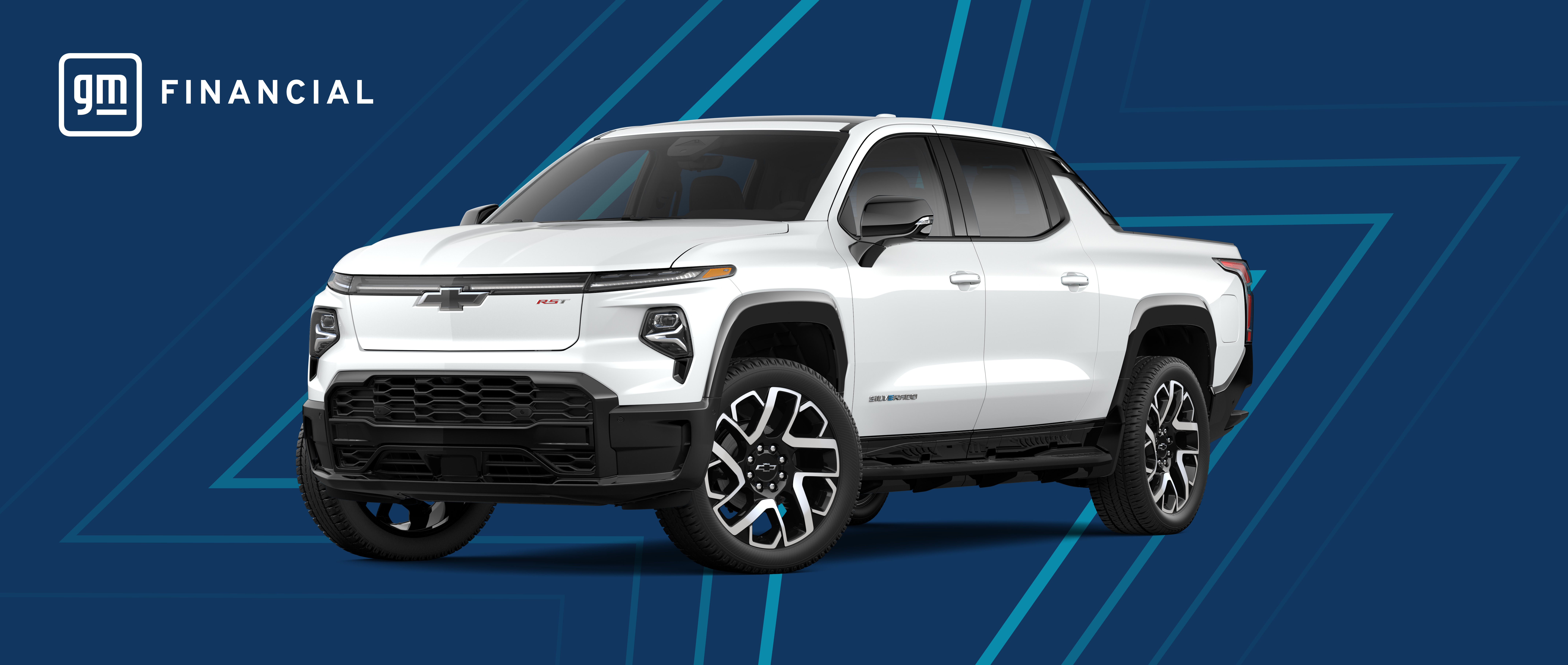- Home
- Commercial Resources
- Commercial Articles
- Bring Those Hidden Fuel Costs Into the Light

How to Make Sure Your Fuel Budget Fits Your Fleet Needs
By Ross Appleton / 10/16/2023 / Commercial Vehicle and Fleet Solutions
Fleet management is a constant battle to control costs. And veteran fleet managers know that one of the keys to winning that battle is effective fuel management. Fuel expenses account for around 60% of a typical yearly fleet budget1 so if you can keep your fuel costs low, you’re in the fight.
To fight well, you’ll need to overcome the challenge of hidden fuel costs. Consider, for example, that 20% of those yearly costs are avoidable, stemming from unnecessary premium fuel purchases2 unauthorized fuel purchases3 and nonfuel purchases such as lunches or sodas4
Supposing a fuel budget of $100,000, that’s $20,000 a year you could be investing back into your business. And this is only one example. Suboptimal routes, overloaded vehicles and long idle times are others. Any of these issues, and more, could be eating into your fuel budget at any given time.
Want help eliminating hidden fuel costs?
Set up an expert consultation.
These are problems for any fleet manager. But with the right approach, they can be converted into financial advantages. Bloated fuel expenses thrive when you’re winging it, so it all starts with an intentional approach to fleet management
Or, as Daniel “DJ” Lord, VP of Fleet Services at GM Financial Fleet Solutions, puts it, “At the core of fleet management is collecting data and having a plan. Without that, your fuel costs are going to be high.”
Unless those bloated fuel expenses are brought into the light, they will remain hidden. The first step in winning the battle over fuel costs is adopting a plan that leverages tools and data to help you monitor and control your fuel expenses.
Fuel cards are a good starting point and a staple of any effective fleet management strategy. “A fuel card program will tell you where your problems lie and equip you with information for making better decisions about fuel expenses,” DJ says.
Each fuel card is linked to a specific driver or vehicle, so you can set spending limits and run exception reports to protect your budget from those unauthorized, unnecessary or nonfuel transactions.
They also come with reporting and analytics tools that help you understand and make adjustments to fuel expenses across your entire fleet. And to help you keep track of aging vehicles and plan ahead for replacing them, they will capture odometer readings at every fuel purchase.
Fuel cards are an effective weapon in the battle of fleet cost control. They can transform the problem of hidden fuel costs into an opportunity for your business.
As a busy fleet manager, you may not have the time to establish and maintain a fuel program. GM Financial Fleet Solutions has the tools and expertise to build a fuel program that fits your business. When you’re ready to talk, we’re here to help.
1Source: Wright Express
2Average 15% of annual fuel costs. Source: U.S. Bank Voyager
3Average 3% of annual fuel costs. Source: Wright Express
4Average 2% of annual fuel costs. Source: U.S. Bank Voyager
By Ross Appleton, GM Financial
Ross Appleton loves to help people navigate their toughest challenges. He believes that clarity is the key to flourishing in a complex world, and that a timely dad joke is good for the soul. When he isn’t talking or writing about big ideas, you’ll likely find him reading about them in old books. He is married, and two of his four children currently serve in the U.S. Army.
Related Articles

Commercial Vehicle Total Cost of Ownership (TCO)
How much do your business vehicles really cost? How to know — and what to do next.
READ MORE